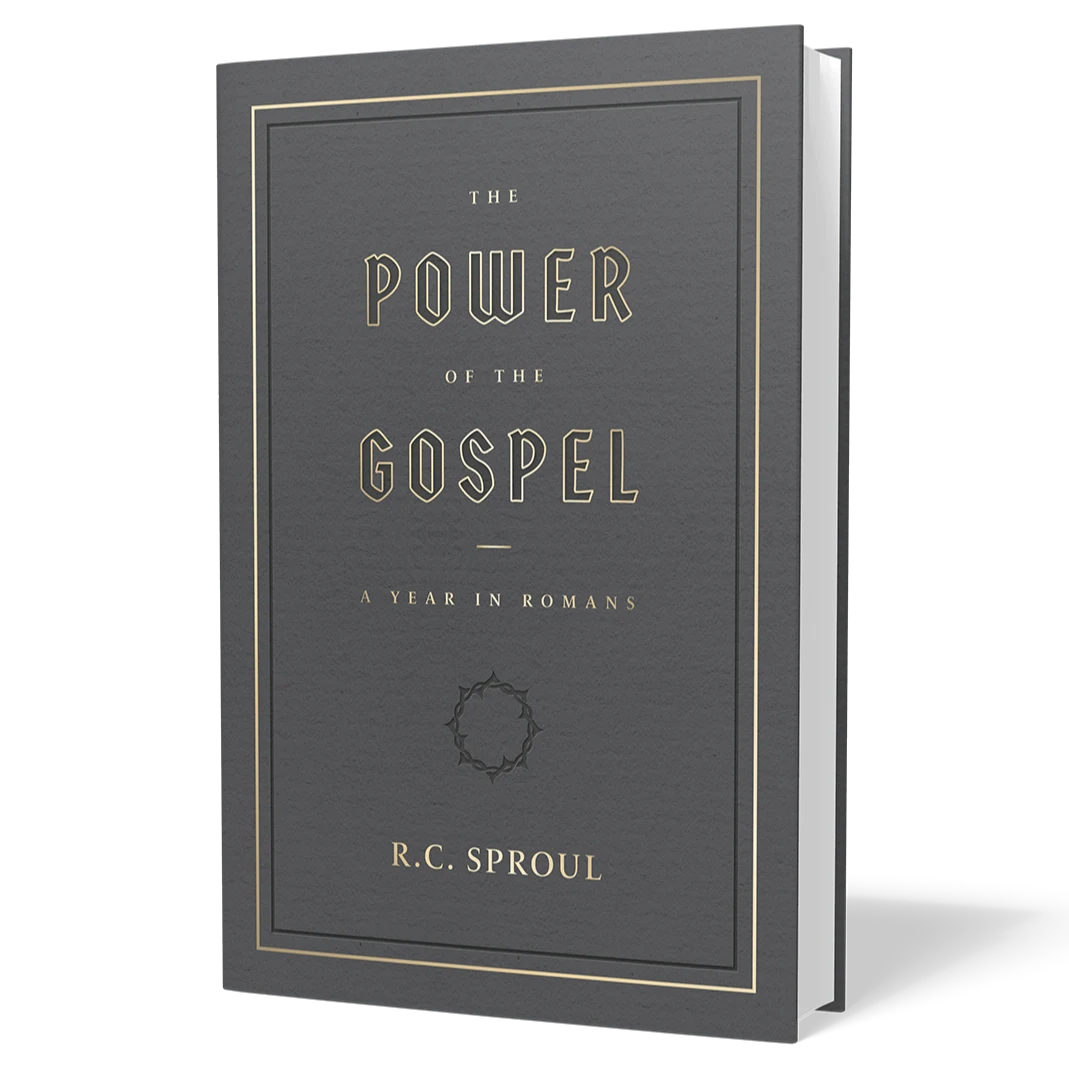How to Read the Gospels

The Gospels are four narratives that recount “the gospel”—the life, death, and resurrection of Christ. Yet they are often misread or underappreciated. Here are four general but concrete recommendations for reading the Gospels.
1. Read every verse and every passage in light of Jesus’ identity and message.
We often make the mistake of focusing on secondary characters (e.g., the disciples, Bartimaeus, Mary Magdalene) and not on Jesus Himself. Jesus’ ministry probably lasted three or so years, and He taught, healed, and interacted with hundreds, if not thousands, of individuals. John 21:25 even states that “there are also many other things that Jesus did. Were every one of them to be written, I suppose that the world itself could not contain the books that would be written.” The point is that each gospel account only gives us a slice of Jesus’ career. It’s a representative slice, of course, we only have a portion of what Christ performed. Luke, for example, includes twenty-one miracles and John records eight. The four Gospels deftly narrate the life of Christ and include the most critical events. We must read how the evangelists tell the story of Jesus through the narrative, its characters, plot, geography, and connection to the Old Testament.
2. Not only should we read the Gospels in accordance with Christ, but we should also read the four narratives as they relate to the Old Testament.
There’s not a single verse that is to be read outside of the drama of redemption. Matthew opens his genealogy in Matthew 1:1 with an allusion to Genesis 2:4. John 1:1–5 begins by situating Jesus within the creation account of Genesis 1–2. Further, the four Gospels refer to the Old Testament thousands of times through explicit quotations, allusions, and conceptual parallels. The Gospels are doing something incredible: they are recording the history of the cosmos and the story of Israel through the ministry of Christ. To state it simply, read the Gospels with an eye on the Old Testament cross-references. Teaching the Gospels without charting Christ’s relationship to the Old Testament eviscerates Matthew, Mark, Luke, and John.
We must read how the evangelists tell the story of Jesus through the narrative, its characters, plot, geography, and connection to the Old Testament.
3. Read the Gospels together—we have four of them for a reason.
The Gospels are portraits of Christ, and each portrait is slightly different. One way to carve out their uniqueness is to obtain a synopsis of the Gospels.1 A synopsis presents the same passages across the Gospels with most of the overlapping material spanning Matthew, Mark, and Luke. So, when examining a passage in the Synoptics (Matthew, Mark, and Luke), underline the similarities and differences of each account. By taking inventory of how each gospel presents the same material, we can more readily notice how each evangelist retells the same story but in a slightly different manner. These unique emphases then inform the purposes and theology of each evangelist. Most Christians have never attempted to read the Gospels together in this manner, but if they did, they would inherit a rich reward.
4. Apply what you’ve learned.
Luke informs Theophilus, a Christian, that he wrote his gospel so that “you [Theophilus] may have certainty concerning the things you have been taught” (Luke 1:4; see also John 20:31). The “things” that “have been taught” likely refer to the broad strokes of Jesus’ life, death, and resurrection. Luke then pens his narrative to increase the faith of Theophilus and the church. In other words, Luke’s gospel increases the faith of believers. Knowing the contours of the narrative deepens trust in Christ and grows our devotion to God. Further, we in the twenty-first century participate in a single covenant community, a community of believers that stretches from Eden to the New Jerusalem. We must read these Gospels as ours. While two-thousand years separate us from the original audience, God still speaks to us through these four precious documents.
In sum, we must read all of the Gospels in light of Christ, as they relate to the Old Testament, as a fourfold story, and apply these truths to our lives. In doing so, we’ll know Christ more fully and live for Him all the more.
-
E.g., Synopsis of the Four Gospels (ed. Kurt Aland; New York: American Bible Society, 1985). ↩


